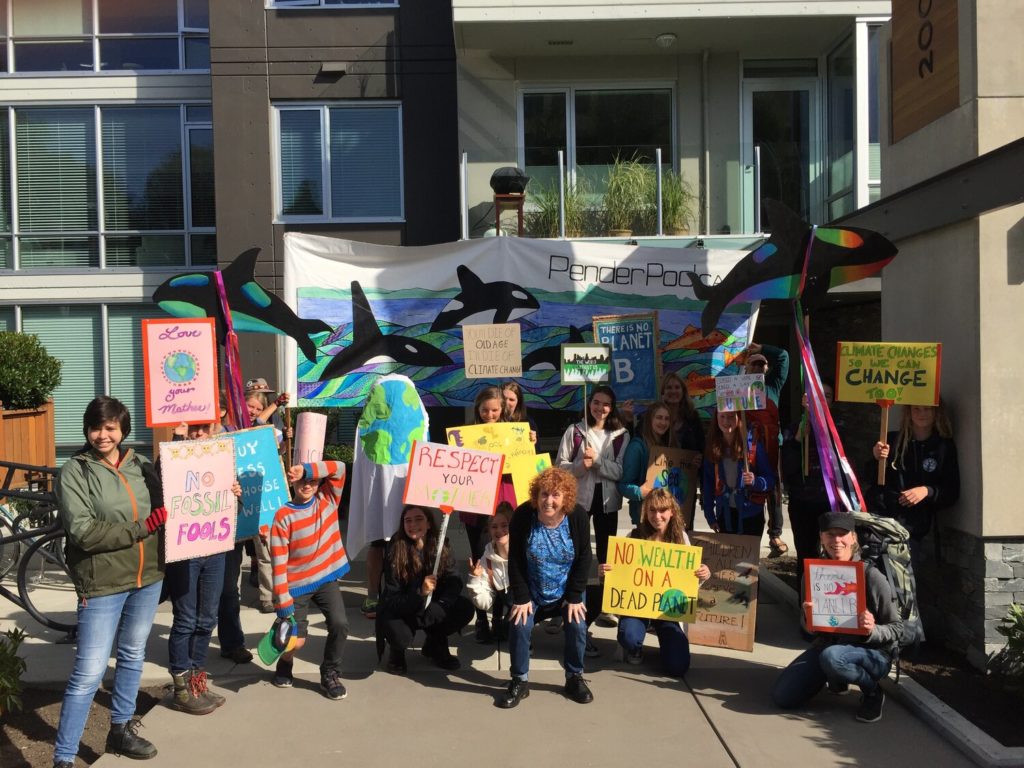Across the planet, something extraordinary and unprecedented is occurring. And I’m not talking about the COVID-19 pandemic. Children and youth, who are disproportionately affected by climate change, are now taking matters into their own hands to protect our planet and future generations.
The most famous face is Sweden’s Greta Thunberg. After an unprecedented summer heat wave, Greta decided to skip school to spend her days protesting about climate change outside the Swedish Parliament. Since then she has been a prominent voice, making appearances at international climate negotiations, the UN, the World Economic Forum, and youth-led climate strikes around the world. She has a knack for pithy statements, including “I want you to act as if our house is on fire. Because it is.” And “you say you love your children above all else, and yet you are stealing their future in front of their very eyes.”
“Children and youth, who are disproportionately affected by climate change, are now taking matters into their own hands to protect our planet and future generations.”
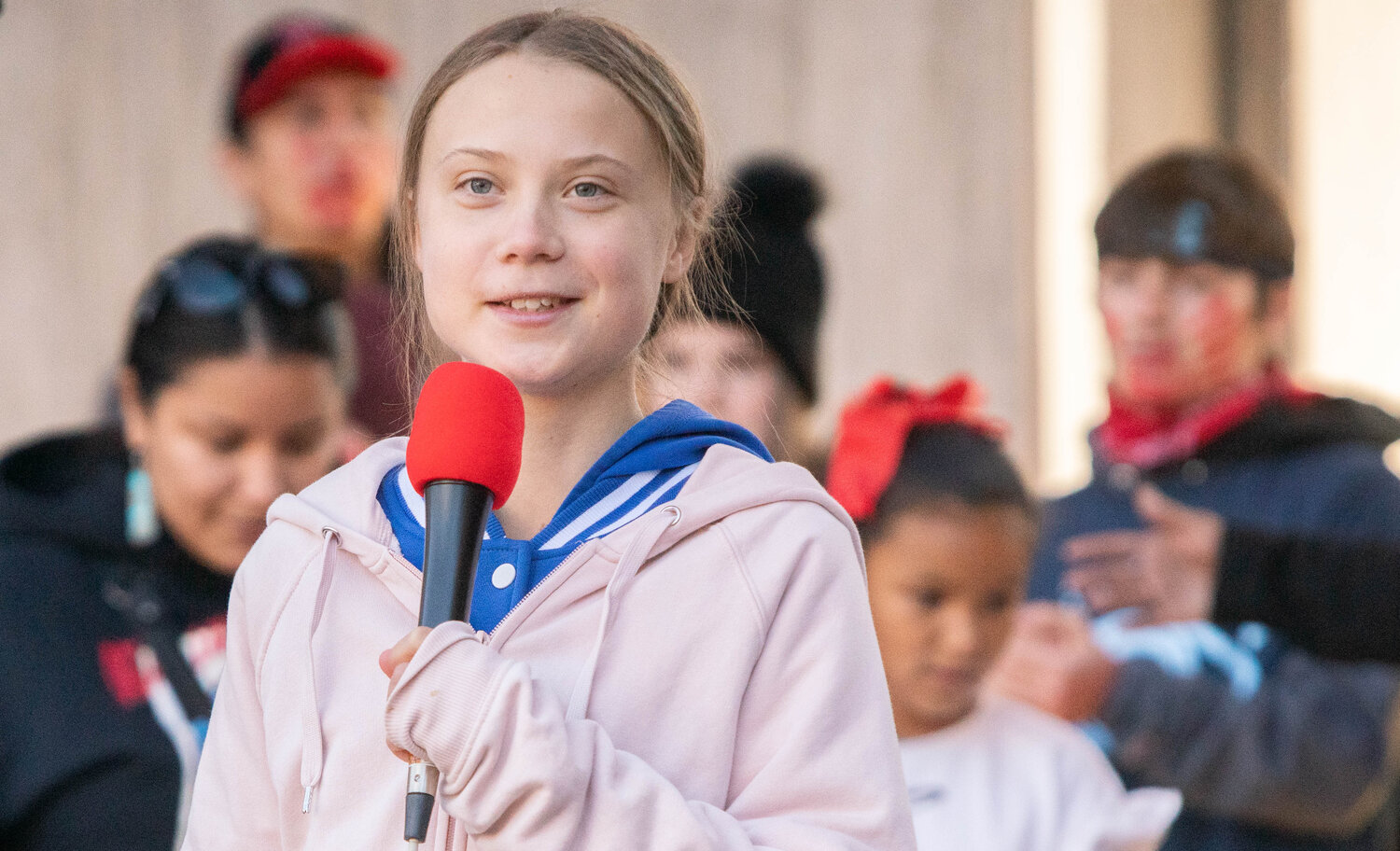
But Greta is not alone. Thunberg’s school strike ignited the imagination of children around the world to build the Fridays for Future movement. Millions of students in over 2,000 cities and 100 countries have cut classes to join Fridays for the Future protest marches. Now, given the COVID-19 pandemic the protests have temporarily moved online.
Students have overcome opposition from parents, teachers, school administrators and politicians. As Greta said, “If you say that we are wasting valuable lesson time, then let me remind you that our political leaders have wasted decades through denial and inaction.” OR “What is the point of learning facts when the most important facts clearly mean nothing to our society?”
Youth are wonderful creators of imaginative signs and banners spanning the full spectrum from anger to humour. “Stop thinking about your next election. Start thinking about our future.” “Respect existence or expect resistance.” ”System change, not climate change.” “If you were smarter, we’d be in school.” “It’s so bad the introverts are here!”
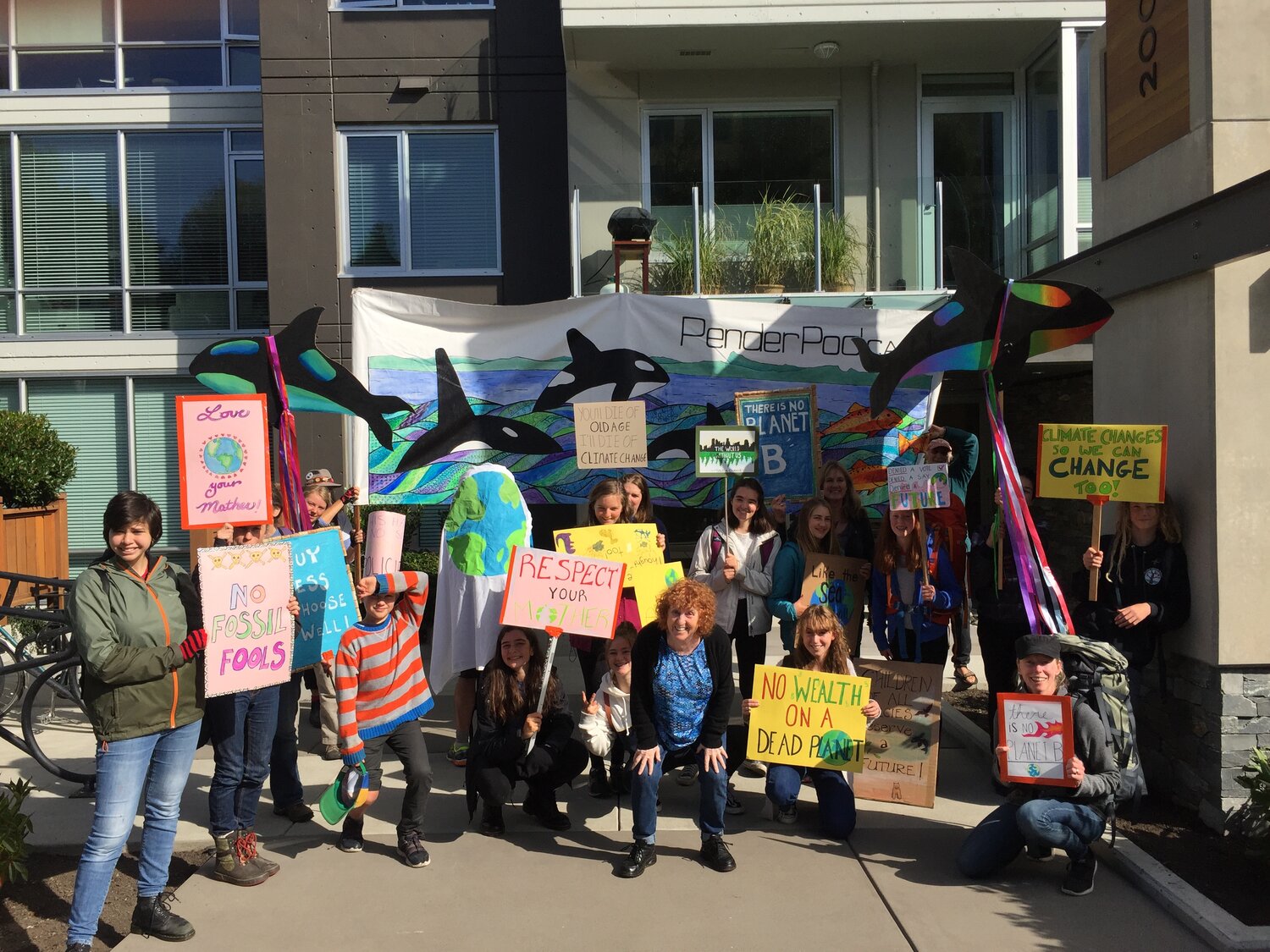
Polls from many countries indicate that if children could vote, they would elect sweeping Green Party majorities. Unfortunately, kids can’t vote. But they do have rights. In many countries, children are pursuing legal actions, using courts to prod governments into action. In Colombia, twenty-five children and youth sued the government, relying on their constitutional right to live in a healthy environment to challenge the ongoing destruction of the Amazon rainforest by logging and mining. The Supreme Court of Colombia upheld their arguments, and ordered the government to come up with an expedited action plan to protect the Amazon.
In the United States, lawsuits have been filed by children and teen-agers in all fifty states. A federal court judge in Oregon issued a preliminary ruling in which she wrote “I have no doubt that the right to a climate system capable of sustaining human life is fundamental to a free and ordered society.” That decision was overturned, but sparked an international conversation.
In Norway, youth have teamed up with Greenpeace in a lawsuit intended to overturn permits granted for offshore oil and gas exploration. Again, their argument is based on their constitutionally protected right to live in a healthy environment. The courts acknowledged their right, but they lost in the lower court, appealed, lost again, and have appealed to Norway’s Supreme Court. Cases led by youth in Portugal, India, Pakistan, Canada, and other countries are in early stages.
At science fairs around the world, students are pushing forward with innovative experiments, some of which will surely evolve into solutions to today’s environmental challenges. Children play a prominent role in beach clean-ups. They push their parents to recycle, to try vegetarian meals, and to take environmental issues seriously.

None of this should come as a surprise. Children have a natural affinity for nature, wildlife and wild places. They are intelligent and observant, and learn at a young age that their parents’ and grandparents’ generations have inflicted enormous damage upon this beautiful but embattled planet.
What should adults do in response? Listen, encourage, comfort, reassure, and most importantly act. Humanity has created a complex global environmental crisis that we must defuse. Fortunately, we have the necessary solutions, from renewable energy to blueprints for a circular economy that eliminates waste.
What we have lacked, thus far, is the ability to overcome resistance to change from the powerful actors who benefit from the status quo. The bold actions of children and youth across the planet should inspire all of us to summon the courage needed to do what must be done. The children have spoken. Now we must act.
“The bold actions of children and youth across the planet should inspire all of us to summon the courage needed to do what must be done.”
Dr. David Boyd is an environmental lawyer, professor and the United Nations Special Rapporteur on human rights and the environment.
